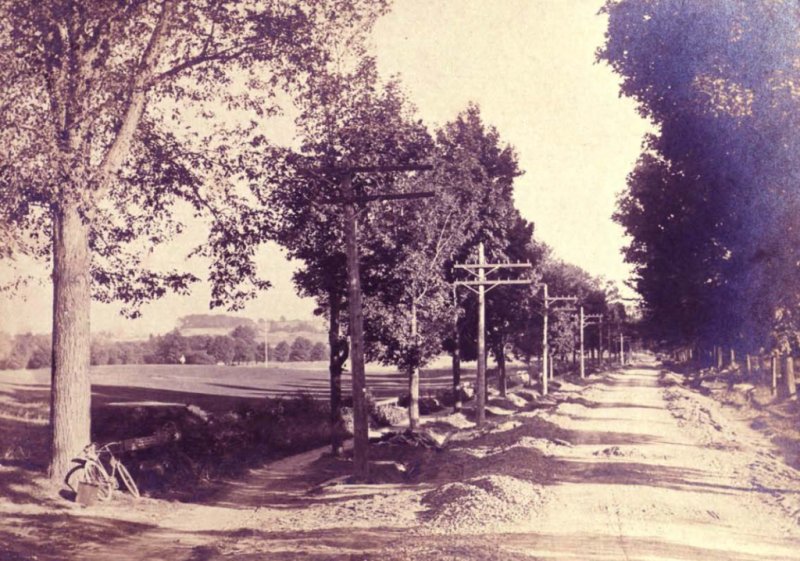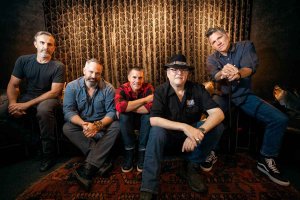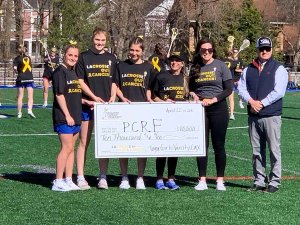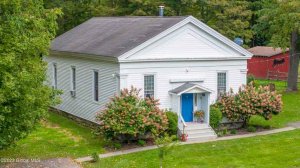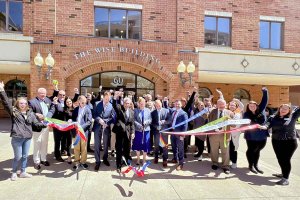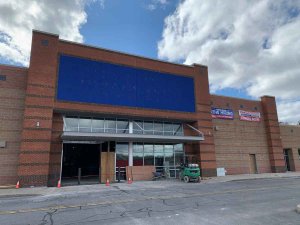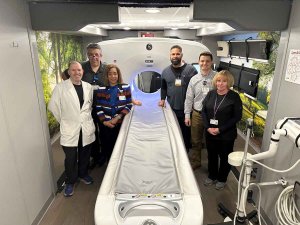As the 1890s took Saratoga County toward a new century, the use of the bicycle for recreation by both the young and old was sweeping the country. One reason for this growth was the development of a safer, easier-to-ride machine with a smaller front wheel than the earlier high-wheeled bicycles. Other advances in the development of the bicycle at this time were pneumatic tires and a chain drive that further eliminated the need for the large front tire.
Beyond transportation and recreation, there was also a positive effect on mental health. In the June 22nd, 1897, edition of the Johnstown Daily Republican, an unnamed Saratoga physician is quoted as saying that just before the time when the bicycle craze took the public by storm “an epidemic of nervous disorders seemed about to invade society.” The article continued with this explanation of the change brought about by bicycle use:
Since almost everyone has succumbed to the fascination of riding, the decrease in complaints of this character has been marked. The bicycle is saving the American people from many of the ill effects of too much hustling. It gives exercise in a pleasant way and has come to stay.
Despite the health benefits of bicycle riding for the general public of Saratoga County, the increase in the number of machines on the road brought with it a greater number of conflicts between riders and those using more traditional modes of transportation. In a Mechanicville Mercury, editorial titled “Bicycle Hogs: The Many Suffer for the Few,” both sides of the controversy were aired. The biggest problem for the bicyclists was that rough, debris-covered roads were forcing riders onto sidewalks. This was causing both inconvenience and danger for pedestrians and strollers who already had rightful use of the space. While in this editorial no solution was offered beyond the hope that everyone would work harder at treating each other with kindness, changes were on the way in the form of both laws and legislation.
The first of these improvements was a change to the penal code in 1896 by New York Governor Levi Parsons Morton that made it a misdemeanor to place nails, tacks, or other substances that “might injure or puncture any tire used on a cycle” on public sidewalks or streets. That same year a bill was introduced in the New York State Legislature that established committees in each county to oversee the construction of paths along county roads exclusively for the use of bicycles. Given the name “side paths,” these new routes were developed to move bicyclists off the roads and sidewalks.
Oversight of the side paths was given to a Side Path Commission that was to be established by the Board of Directors in each County. Serving without pay, it was expected that the majority of the members of the commission would be active bicyclists. To fund the construction of the sidepaths, a fee of between fifty cents and one dollar was to be levied on every bicycle that was used on the path. As these paths were for the exclusive use of bicycles, the legislature included wording that made it a misdemeanor to drive horses, cattle, or any vehicles on or along the side paths.
It was not until 1899 that a Sidepath Commission was established in Saratoga County. The first president was 34-year-old William Wolf a clerk for the canal board from Waterford who was elected to a four-year term. At that time sidepaths were built from Waterford to Mechanicville following the Hudson River Road. This sidepath then went to Malta where it would connect to Round Lake via a short spur. It next headed to Dunning Street, where it turned south towards the hamlet of East Line, and then headed west into Ballston Spa.
Improvements continued during that summer and by August a sidepath from Saratoga Springs to Glens Falls had been completed. For those using the paths, sign boards containing the sidepath law and guide boards were placed on all the principal paths in the county. To extend the sidepaths even further for the benefit of local riders an agreement was made with Schenectady County to connect the city of Schenectady and Ballston Spa. By the summer of 1900 paths were available that created a continuous path from Albany to Lake George.
To identify those who paid the yearly fee to use sidepaths in Saratoga County an aluminum badge was attached to their bicycle. The size of a half-dollar, each badge was stamped with a number that was painted black. Underneath the number was the year of issue and the words “Sidepath, Saratoga County.”
That the sidepaths were popular with the riding community of Saratoga County is clearly shown by the 2,997 one-dollar badges for the paths sold in 1900. With over fifty miles of sidepaths in the county, $2,874 was spent on bridges, signs, and general maintenance. Surprisingly, for the year there were only seven arrests for riding on the paths without a badge and only one conviction for driving a vehicle on the path.
As with any fad, interest in bicycling for the general public began to decline and by 1903 there was no longer enough money for repair and maintenance from sales of sidepath badges. Within a few years, sidepaths in the county were abandoned, either left to be overgrown by weeds or covered over as roads were widened to accommodate the next fad: motorized vehicles.
Dave Waite is a resident of Blue Corners, Saratoga County and is a photographer and videographer. He has written many articles on upstate New York history, including several in the recently published book, More Saratoga County Stories. Dave can be reached at This email address is being protected from spambots. You need JavaScript enabled to view it.




